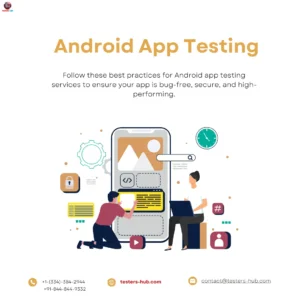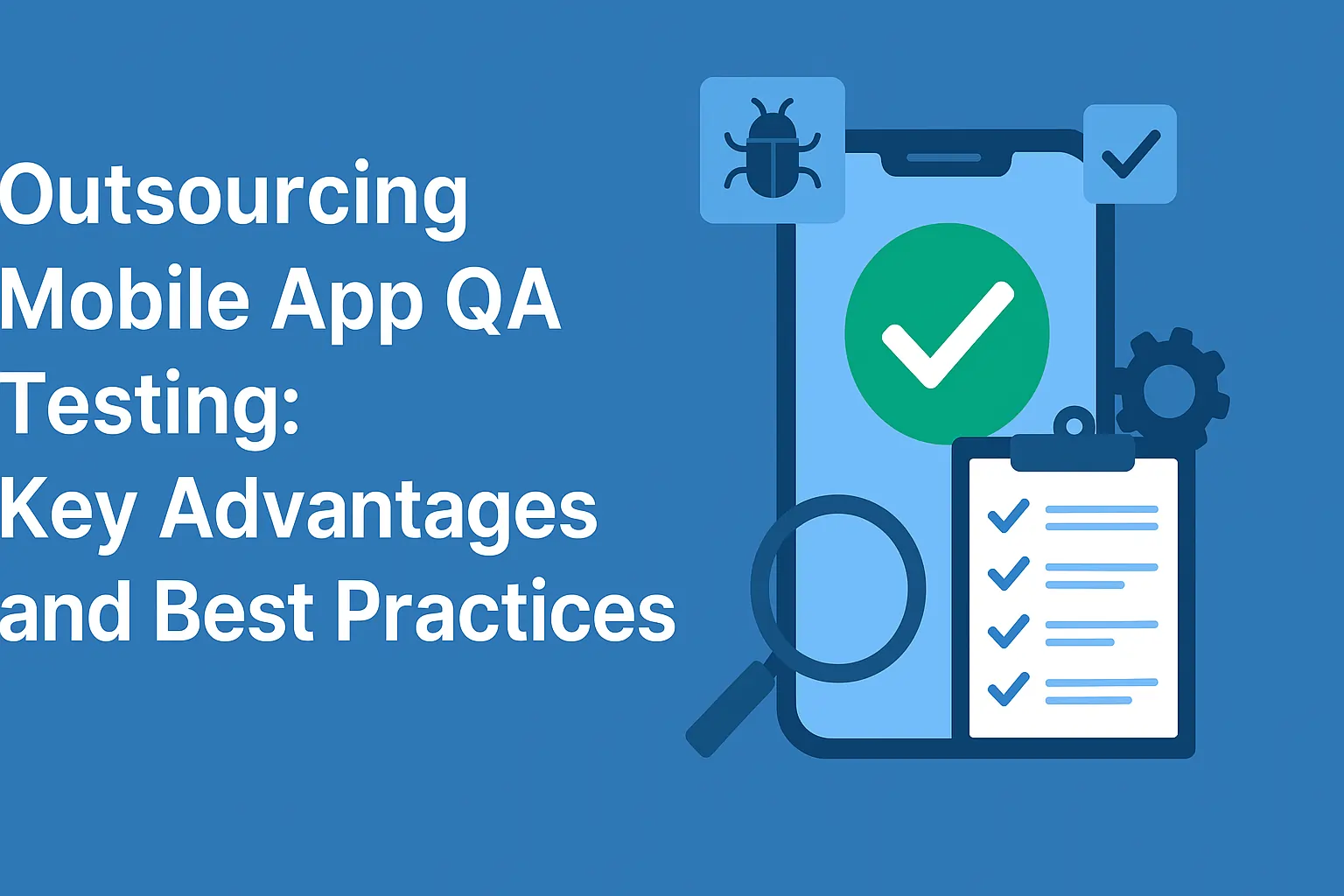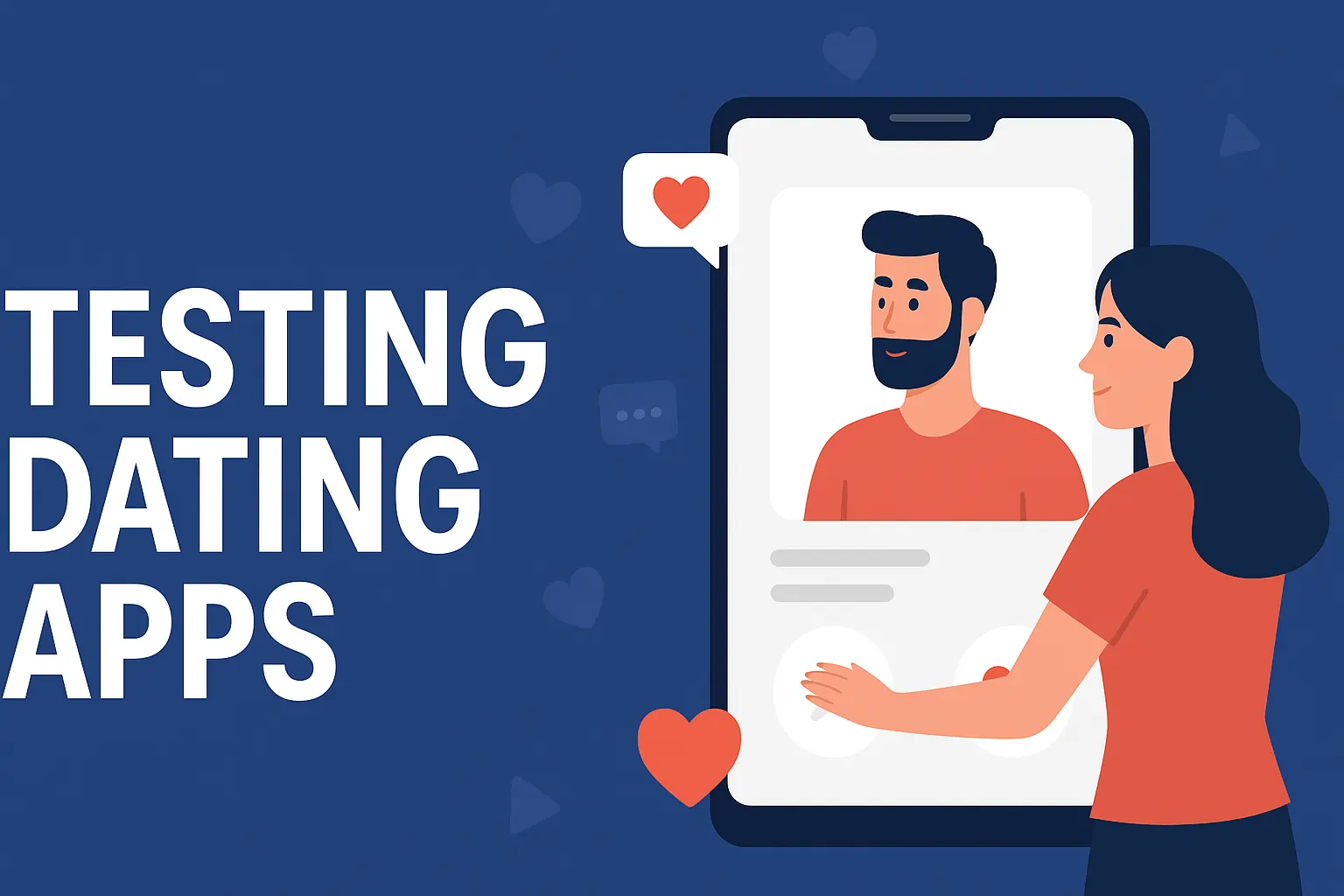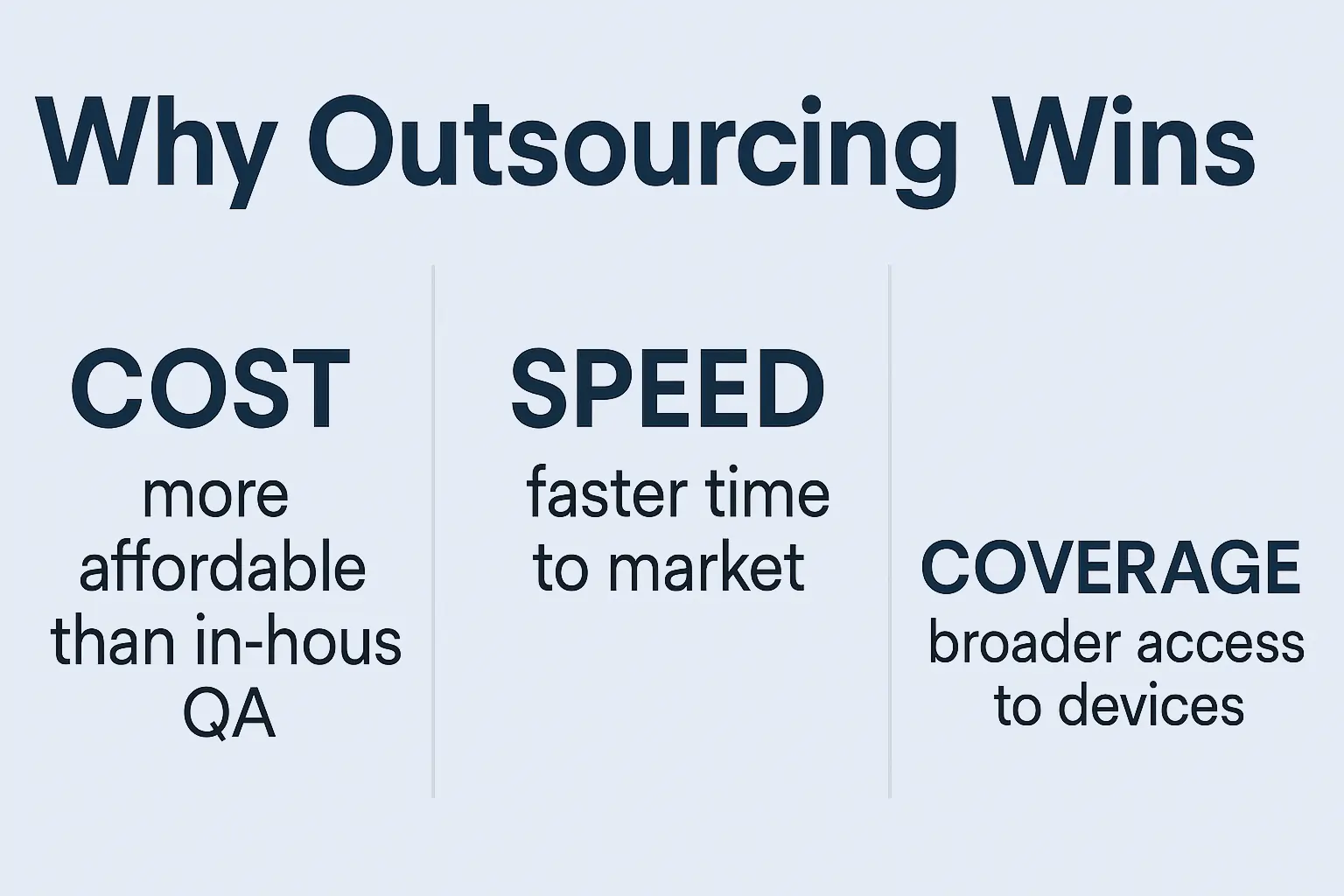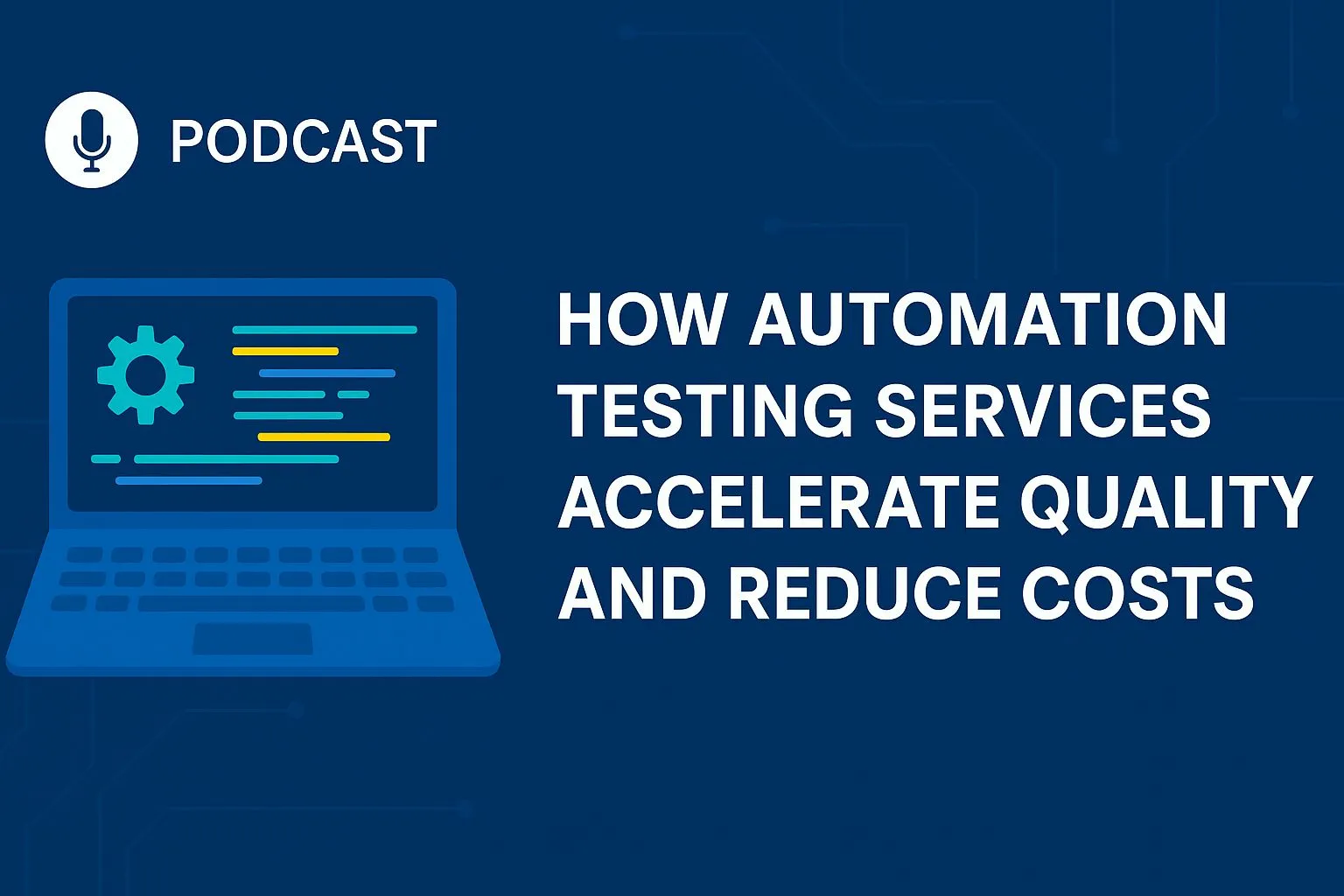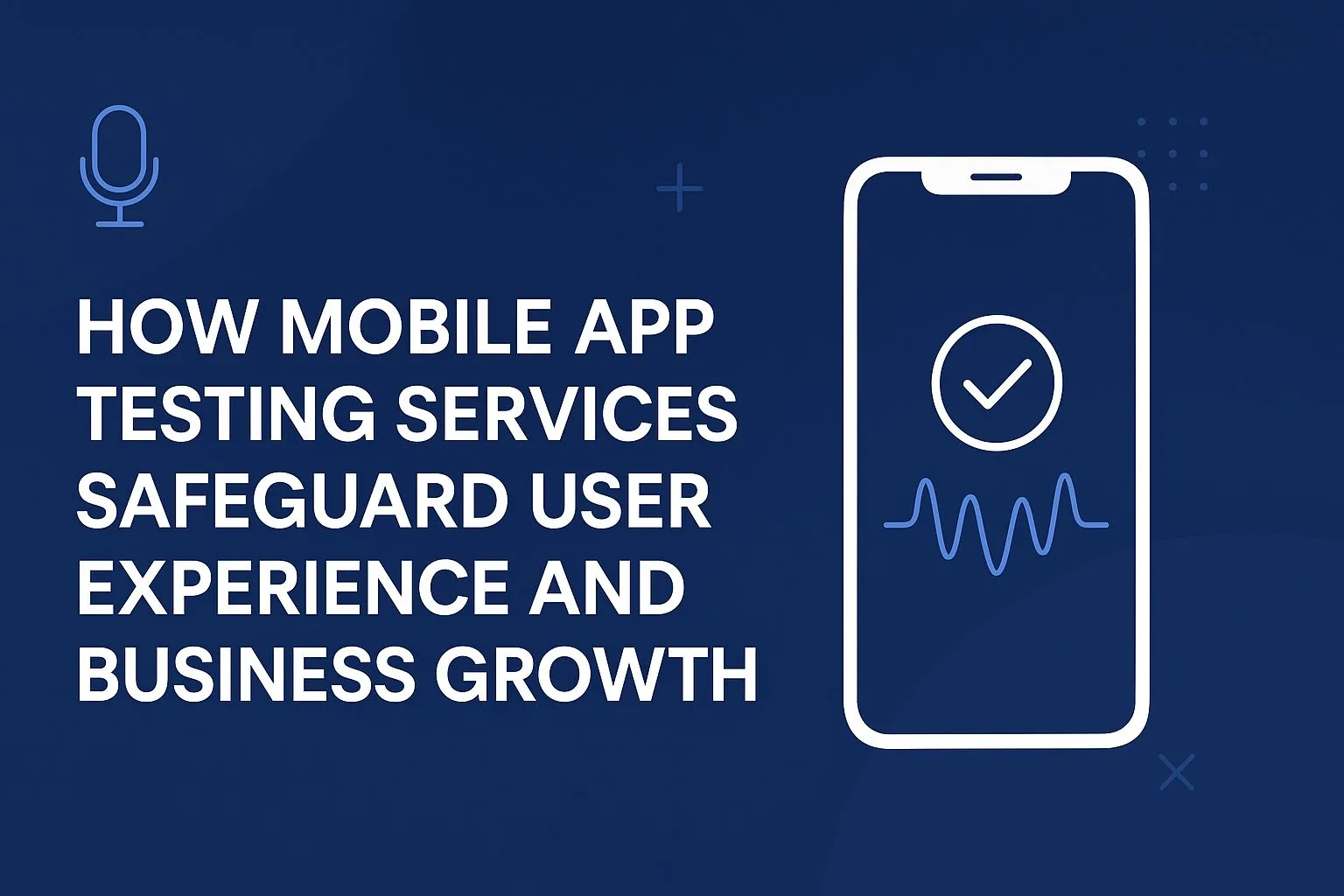The Importance of Android App Testing: How to Build Bug-Free Apps
Android App Testing is a vital aspect of ensuring they perform optimally across various devices and software versions. The vast range of Android devices and OS versions presents unique challenges for developers, making it essential to adopt comprehensive testing strategies. Whether you’re looking for Android app testing services or exploring different Android mobile testing tools, the goal remains the same: to deliver a flawless user experience. From manual testing to advanced test automation frameworks for Android, there are several methods to validate an app’s functionality, performance, and usability. This guide delves into the importance of Android application testing, offering tips on utilizing the best Android app testing tools, understanding Android QA testing, and leveraging expert Android testing services to ensure your app meets industry standards.
What is Android?
Android is an operating system that was created mostly for mobile devices, such as tablets, smartphones, smartwatches, TVs, and automobiles. It was created by Google and debuted in 2008. It is built on the Linux kernel, a crucial piece of software that enables hardware communication within the operating system. The open-source aspect of Android is what sets it apart. Its source code is available for developers and manufacturers to examine, alter, and produce versions tailored to their own requirements. Because of its adaptability, Android has grown to be the most popular operating system in the world.
Fundamentally, Android serves as a conduit between a device’s installed apps and its hardware. It offers a controlled setting in which applications can function effectively and make sure they communicate with the underlying hardware without any problems.
Get Our Android App Testing Services
How Does Android Work?
Android’s functionality is rooted in its multi-layered architecture, which ensures a structured and efficient communication system between hardware and software. This layered approach enables Android to deliver a consistent experience, no matter the device or manufacturer. When it comes to developing and optimizing Android applications, Android app testing services play a crucial role in ensuring the application works efficiently across different Android devices and environments. Here’s how Android works in detail:
Linux Kernel: The Foundation of Android
At the foundation lies the Linux kernel, which manages core tasks such as memory management, power consumption, and hardware communication. It acts as the middleman between the device’s physical components and the operating system, enabling smooth interactions. For effective android application testing, it’s essential to ensure that the kernel works harmoniously with the device’s hardware.
Native Libraries: Simplifying Developer Tasks
Above the kernel is a set of native libraries that perform specific tasks. For example, there are libraries for rendering 3D graphics, playing audio and video, and managing databases. These libraries simplify the developer’s job, as they don’t need to write complex code from scratch. Android mobile testing often focuses on verifying the app’s interaction with these libraries to ensure smooth functionality across various devices.
Android Runtime (ART): Optimizing App Execution
The Android Runtime (ART) layer is where apps come to life. ART converts app code into machine code that the device’s processor understands. Unlike traditional systems where code is interpreted every time it runs, ART optimizes this process for faster execution. Android QA testing services assess how well an app is optimized by ART, ensuring faster performance without bugs or slowdowns.
Application Framework: Tools and APIs for Developers
The Application Framework layer provides tools and APIs that developers use to create apps. This layer handles tasks like managing activities (individual app screens), interacting with device hardware like cameras, and enabling notifications. It ensures developers can focus on creating innovative features without worrying about low-level details. Android app testing companies specialize in testing how the Application Framework interacts with other layers and device hardware.
Application Layer: User Interaction
Finally, the Application Layer is what users interact with directly. Apps like messaging tools, games, and social media platforms run on this layer. When you open an app, Android ensures it communicates effectively with the framework and the hardware, delivering a smooth and efficient experience. Android mobile app testing ensures that these user-facing apps function seamlessly across various devices and OS versions, providing a top-notch user experience.
What is Android Testing?
The methodical process of assessing an Android application to make sure it operates as intended under various circumstances is known as Android testing. The purpose of this assessment is to confirm that the application satisfies requirements for compatibility, security, usability, performance, and functionality. Testing guarantees that the application provides users with a consistent and excellent experience, irrespective of their device type, operating system version, or particular configurations, in addition to detecting bugs or difficulties. Testing becomes a crucial part of app development because of the Android ecosystem, which consists of thousands of devices with different hardware specs, screen sizes, resolutions, and Android versions. Challenges including incompatibilities, inconsistent performance, and unanticipated behaviors are brought about by variety.
Different Types of Android Testing
Some popular forms of Android testing are listed below, each concentrating on a distinct feature of the app:
- Unit Testing: This kind of testing focuses on confirming that distinct parts or units of the application operate as intended when used alone.
- Integration Testing: This stage involves testing how different app modules or components interact with one another to ensure that they function as a cohesive unit.
- Functional Testing: Functional testing confirms that the application satisfies the established standards and requirements. It guarantees that every feature functions as planned.
- UI Testing: This type of testing makes sure the application’s user interface (UI) is responsive, easy to use, and intuitive.
- Performance Testing: Performance testing makes sure the application runs smoothly and doesn’t crash or lag by assessing how well it performs under different circumstances.
- Security Testing: Security testing finds app vulnerabilities and makes sure private information is adequately shielded from potential breaches or illegal access.
Why is Android Testing Important?
Android testing is crucial in ensuring that an app performs reliably, meets user expectations, and is compatible across a wide range of devices. With Android being the world’s most popular mobile operating system, its ecosystem includes thousands of devices with varying screen sizes, hardware configurations, operating system versions, and manufacturers. These variations make comprehensive testing indispensable.
Testing an Android app ensures it is functional, user-friendly, and performant under various conditions. For example, users expect apps to load quickly, provide seamless navigation, and remain stable even during extended use. Testing helps developers identify and fix bugs, optimize performance, and ensure compatibility across devices.
Moreover, thorough testing improves app security by identifying vulnerabilities that could expose user data. It also minimizes the risk of negative reviews, which can harm an app’s reputation and impact downloads. Ultimately, Android testing saves time and resources by catching issues early in the development cycle, reducing the need for costly fixes post-launch.
Why Android App Testing is Crucial for Building Bug-Free Apps
To differentiate themselves in the highly competitive mobile app market of today, Android apps must provide a smooth, high-performing user experience. However, reaching this objective is not a simple task. Thorough testing is essential to make sure your program lives up to its promise. In addition to assisting in finding and resolving bugs, it ensures that your program runs safely and smoothly. We will discuss the value of Android app testing in this blog and how it may assist you in creating high-caliber, bug-free apps.
1. Ensures Quality and User Satisfaction
Any app’s main objective is to make users happy. A user’s patience is restricted by the Google Play Store’s millions of apps. Users will rapidly stop using your software if it has a lot of issues, crashes regularly, or takes too long to launch. Testing is essential to finding problems that could impair the user experience. Testing assists in identifying issues such as a sluggish user interface, unresponsive buttons, or a malfunctioning feature before they affect your users. You may guarantee a seamless, excellent user experience prior to launch by fixing issues, which raises ratings, encourages positive reviews, and encourages repeat use.
2. Prevents Costly Post-Release Fixes
When an app is released with bugs, developers often face the daunting task of fixing issues post-launch. These fixes can be time-consuming and costly, especially if they require significant changes to the app’s code. Additionally, post-release bugs can harm the reputation of your app and company, leading to negative reviews and even uninstalls. By conducting comprehensive testing before launch, you can identify and fix issues early, saving both time and money. The fewer bugs in your app at launch, the less effort will be required to maintain it in the future.
3. Boosts Stability and Efficiency
Android customers utilize a wide range of devices, screen sizes, and OS versions, therefore testing your app in many setups is crucial. Stability and performance are essential components of an app’s success. By testing, you can make sure your app functions flawlessly across a variety of Android-powered devices, including smartphones and tablets. It assists in locating problems that can compromise the general stability of the application, such as memory leaks or performance bottlenecks. By conducting adequate testing, you can guarantee that your application runs smoothly and consistently, giving every user a consistent experience.
4. Finding Security Vulnerabilities
App security is a major problem, especially for apps that handle sensitive user data like payment or personal information. In search of security holes they can take advantage of, hackers frequently attack mobile apps. Testing Android apps includes vulnerability assessments to make sure your app complies with data protection best practices. Whether it’s safe API interactions, secure data storage, or encryption, testing helps make sure your app is safe from attacks. Safeguarding user data guarantees adherence to privacy laws like the CCPA and GDPR while also fostering trust.
Popular Android Testing Tools and Frameworks
Android testing may be streamlined with a variety of tools and frameworks that address various testing requirements, including performance, UI, and functional testing. Here are a few of the more popular ones:
Espresso
Google offers Espresso, a native Android testing framework. Its main purpose is UI testing, which makes sure that programs act as users would expect them to. Because of Espresso’s easy-to-understand syntax, developers can create test scripts that are readable and manageable. It works well for apps that are small to medium in size and interacts easily with Android Studio.
JUnit
One popular testing framework for unit testing is JUnit. It enables programmers to test specific app elements, like functions or classes, to make sure they operate as intended. JUnit is a lightweight, effective tool that serves as the foundation for many Android testing techniques.
Appium
Appium is an open-source cross-platform testing tool that works with both iOS and Android applications. It lets testers create scripts in a variety of computer languages, including Ruby, Python, and Java. Appium is very helpful for testing web, hybrid, and native apps on emulators or actual devices.
Framework for Robots
One versatile testing solution that facilitates keyword-driven testing is Robot Framework. It facilitates connection with libraries like as Appium and enables testers to create reusable test scenarios. Robot Framework is a good fit for big projects that need a lot of test automation.
Test Lab for Firebase
A cloud-based platform called Firebase Test Lab, which is powered by Google, provides an environment for testing Android apps. It gives developers access to a large range of actual and virtual devices so they can test their programs in authentic environments. Firebase Test Lab is a handy choice for developers because it connects with Android Studio.
Calabash
Calabash is a popular framework for behavior-driven development (BDD). It uses simple, human-readable syntax to define test cases, making it accessible to non-developers like business analysts and testers. Calabash supports cross-platform testing and integrates well with tools like Cucumber.
Monkey Runner
MonkeyRunner is a tool for testing Android apps at the functional and UI levels. It allows developers to write scripts in Python to control a device or emulator, test user interactions, and automate repetitive tasks. It is particularly useful for regression testing.
Best Practices for Android Testing
Industry best practices must be followed to guarantee a successful and efficient testing procedure. By following these guidelines, developers may produce dependable programs, maintain high standards of quality, and spot problems early.
Get Tests Started Early with Android App Testing Services
It’s crucial to include testing early in the development process. Often called shift-left testing, this method assists in finding problems at the code level before they become more serious. The expense and time needed to address defects later in the development cycle are decreased by early testing.
Test with Actual Devices for Comprehensive Android App Testing
For preliminary testing, emulators are helpful, but real-device testing is essential for detecting hardware-specific problems. Testing on devices with various screen sizes, operating systems, and performance levels guarantees that the application functions flawlessly in practical situations.
Automate Recurring Tests Using Android App Testing Services
Time is saved and human error is decreased when repetitive operations, including UI and regression testing, are automated. To make this process more efficient, automation tools such as Appium, Espresso, and Selenium are great.
Ensure Compatibility with Comprehensive Android App Testing
The fragmented ecology of Android necessitates compatibility testing. A wide variety of devices with varying brands, screen sizes, and operating systems should be compatible with your app. Testing for compatibility is made easier by programs like Firebase Test Lab and BrowserStack.
Pay Attention to Performance with Android App Testing Tools
Performance testing makes that your program runs at its best in a variety of scenarios. Observe parameters such as battery use, memory usage, and load time. Finding bottlenecks can be aided by programs like Firebase Performance Monitoring and Android Profiler.
Implement Security Testing for Android Apps
Security is a top concern for mobile apps. Test your app for vulnerabilities, such as unauthorized data access or weak encryption. Use Android’s built-in security features like KeyStore to manage sensitive information securely.
Perform Localization Testing with Android App Testing Services
For apps targeting a global audience, localization testing ensures that the app works well in different languages, currencies, and date formats. Test how text fits within the UI and ensure functionality is consistent across locales.
Test Offline Functionality in Android Apps
Many users rely on apps in environments with limited or no internet connectivity. Ensure your app offers basic functionality offline and gracefully handles transitions between online and offline states
Track and Monitor Crash Reports with Android App Testing Services
Track crash reports with tools like Firebase Crashlytics to see problems early and fix them. This raises user satisfaction and increases app stability.
Ensure Maintainable Tests for Long-Term Android App Testing Success
The secret to a good testing approach is maintainability. Create concise, modular test cases and make sure they are well documented. Track changes and work together with team members by utilizing version control tools.
Conclusion
The foundation of creating excellent, error-free Android apps that satisfy customers and stand out in a crowded market is extensive testing. Given the extensive ecosystem of Android devices and operating systems, testing is not just recommended but also required. By using a thorough testing strategy that incorporates automation, real-device testing, and manual testing, developers can make sure their apps function consistently in a variety of settings.
Testing Android apps is our specialty at Testers HUB, and we make sure your app satisfies the highest requirements for usability, security, and speed. Using the newest technologies, industry best practices, and a staff of knowledgeable QA specialists, Testers HUB assists companies in producing faultless apps that go above and beyond for users. Investing in robust testing with Testers HUB not only minimizes costly post-launch issues but also builds trust and loyalty among users. In the fast-evolving mobile landscape, apps that prioritize testing are those that thrive. Partner with Testers HUB to pave the way for a successful, stable, and user-centric application that meets industry standards and exceeds expectations.


